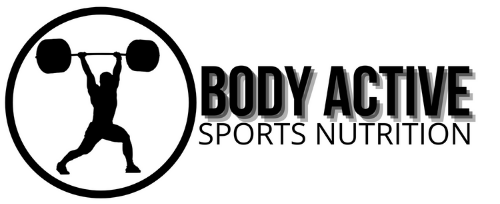Whey protein has gained immense popularity among fitness enthusiasts and bodybuilders for its ability to support muscle growth and recovery. If you’re looking to gain weight, especially in the form of lean muscle mass, understanding how and when to incorporate whey protein into your diet can make a significant difference. This article will guide you through the best practices for using whey protein effectively for weight gain.
What is Whey Protein?
Whey protein is a premium protein obtained from milk during the process of making cheese. It is a complete protein source since it contains all nine essential amino acids. Whey is quickly absorbed by the body, making it an ideal option for post-workout recovery and muscle synthesis.
When to Use Whey Protein
- Post-Workout:
- Timing: Aim to consume whey protein within 30 minutes after your workout.
- Why: This is when your muscles are primed for recovery and growth, as your body is in a state of heightened protein synthesis.
- Mixing Tip: Using milk instead of water for your shake can provide additional calories and nutrients, aiding in muscle recovery and growth.
- Between Meals:
- Timing: Have a whey protein shake as a snack between meals.
- Why: This helps to maintain a positive nitrogen balance and ensures you’re meeting your daily protein needs without feeling too full.
- Mixing Tip: You can mix whey with fruit juice for a quick calorie boost, though milk remains a better option for protein content and satiety.
- Before Bed:
- Timing: Consider a shake an hour before bed.
- Why: This can help with muscle recovery overnight and prevent muscle breakdown while you sleep.
- Mixing Tip: Mixing whey with milk can enhance its casein content, providing a slow release of amino acids while you sleep.
How to Use Whey Protein
- Choose the Right Product:
- Look for high-quality whey protein isolate or concentrate with minimal additives and sugars.
- Determine Your Protein Needs:
- For weight gain, aim for approximately 1.2 to 2.0 grams of protein per kilogram of body weight daily. Adjust your whey protein intake based on your dietary protein sources.
- Mixing and Recipes:
- Shakes: Blend whey protein with milk or a milk alternative, and add fruits like bananas or berries for extra calories and nutrients.
- Smoothies: Incorporate whey protein into smoothies with oats, nut butter, and yogurt for a calorie-dense option. Consider using milk for added creaminess and nutrition.
- Baking: Add whey protein to pancakes, muffins, or energy bars for an added protein boost. You can also use fruit juice in recipes like muffins for added sweetness and flavor.
- Stay Hydrated:
- Drink plenty of water throughout the day to support digestion and overall health, especially when increasing your protein intake.
Tips for Successful Weight Gain with Whey Protein
- Combine with Strength Training:
- Resistance training is crucial for gaining lean muscle mass. Pair your whey protein intake with a structured weightlifting program.
- Monitor Your Caloric Intake:
- Ensure you’re in a caloric surplus by consuming more calories than you burn. To track your intake, keep a food journal or use an app..
- Be Patient and Consistent:
- Weight gain, particularly in the form of muscle, takes time. Stay consistent with your protein intake and training regimen.
- Consult a Professional:
- If you have specific dietary needs or health concerns, consider consulting a nutritionist or dietitian for personalized guidance.
Conclusion
Whey protein can be a powerful tool in your weight gain journey, especially when used strategically in conjunction with a solid diet and workout plan. Mixing whey with milk can enhance its benefits for muscle growth, while using fruit juice can provide a quick source of energy and calories. By knowing when and how to use whey protein effectively, you can maximize your muscle growth and achieve your fitness goals. Remember to stay consistent, monitor your progress, and adjust your approach as needed. Happy gaining!

